Video Gallery

Managing feral cats to benefit the night parrot
Predation by the introduced feral cat has been highlighted as a key potential threat to the Endangered night parrot.…

Success stories in conservation
We need to promote and celebrate past successes in threatened species recovery, in order to demonstrate that it can be achieved and to strengthen on-ground support for the conservation of…

Finding the silver-headed and the black-tailed dusky antechinus
Two endangered Antechinus species, the black-tailed dusky antechinus, and the silver-headed antechinus, survive only in tiny populations in some small areas of east coast mountain ranges. They ranked in the…

Feral cats using micro-refuges accross Australia
Across Australia’s arid zones feral cats are utilising micro-refuges, like rabbit burrows, to help them persist in areas that are otherwise unsuitable.…

Reading the sand - Arid Zone Monitoring
We still know relatively little about the distribution and abundance of many desert animal species, and if numbers are going up or down. However, over the past decade many Indigenous…

Feral cat distribution, abundance, management and impacts on threatened species
Introduced predators such as feral cats and foxes have a severe impact on native species in Australia, particularly among small and medium-sized mammals and ground-dwelling birds.…

Fire, predators and the endangered northern bettong
The northern bettong is only found in a tiny section of Queensland’s wet tropics. It has declined severely in the past decade and now persists in just two locations.…

Results of cat baiting trials to help an endangered wallaby in Queensland
We conducted the first broadscale trial of Eradicat® baiting in eastern Australia. We deployed 5530 Eradicat® at Taunton National Park (Scientific) in central Queensland and monitored the impact to the…

Caring for Country: Managing cats
This animation was co-developed by Animal Management in Rural and Remote Indigenous Communities and the Threatened Species Recovery Hub.…

Understanding and combatting myrtle rust
Myrtle Rust is an invasive fungus introduced to Australia in 2010 and it has since impacted over 360 species. The spread of myrtle rust is worrying Dr Geoff Pegg from…

Island Way, Desert Way - Kiwirrkurra and li-Anthawirriyarra Rangers share cat management knowledge
In July 2021 the Kiwirrkurra rangers drove 2000km across from the Gibson Desert (WA) to the Gulf of Carpentaria (NT) to meet with the li-Anthawirriyarra sea rangers. This exchange was…

Promoting sustainable development in northern Australia
In this short video, Dr Jeremy Simmonds (NESP Threatened Species Recovery Hub, UQ) provides an overview of a project examining how tools like biodiversity offsetting can be made more ‘fit-for-purpose’…

Can we integrate conservation and timber production in the Victorian Central Highlands?
Professor David Lindenmayer from The Australian National University reflects on how the idea of integrating conservation and timber production shifted before and after the devastating 2009 black Saturday fires.…

Nest boxes in the Victorian Central Highlands
In this video, Professor David Lindenmayer highlights results of 10 years of research into the effectiveness, and limitations, of using nest boxes for conservation in the Victorian central Highlands.…

Rabbits and feral cats are two of the most widespread and destructive pest species in Australia
Rabbits and feral cats are individually two of the most widespread and destructive pest species in Australia. When rabbit numbers are abundant they also boost feral cat populations. As a…

li-Anthawirriyarra Sea Rangers managing cats on West Island
li-Anthawirriyarra Sea Rangers are eradicating cats on West Island to restore native mammal populations. It is a big job, which they have been working on for 10 years. Find out…

Please save these frogs: The 26 Australian species at greatest risk of extinction
These Australian frogs need our help to survive. Learn about the findings of new research published in Pacific Conservation Biology. The study aims to prevent extinctions by identifying the 26…

Do quenda benefit bushland regeneration after fire?
Does the quenda, a small native digging mammal, help assist regeneration of native plants? This is a question that is especially relevant to the southwest of Australia, the native range…

Monitoring & evaluation – tracking the performance of individual offsets and offset programs
Monitoring & evaluation – tracking the performance of individual offsets and offset programs…

Target based ecological compensation: an approach that aligns compensation with conservation targets
Target based ecological compensation: an approach that aligns compensation with conservation targets…

Spatially strategic offsets – coordinating offset actions for greater benefits
Spatially strategic offsets – coordinating offset actions for greater benefits…

Offset rules – setting constraints and requirements to help make offsets more effective
Offset rules – setting constraints and requirements to help make offsets more effective…

Uncertainty, time lags and multipliers – adjusting estimates of gain from an offset
Uncertainty, time lags and multipliers – adjusting estimates of gain from an offset…

Calculating losses and gains – how to estimate the amount of gain from an offset
Calculating losses and gains – how to estimate the amount of gain from an offset…

What do we offset? – how do we describe and measure biodiversity for the purposes of offsetting
What do we offset? – how do we describe and measure biodiversity for the purposes of offsetting…

Why do we offset? – under what circumstances might be consider a biodiversity offset
Why do we offset? – under what circumstances might be consider a biodiversity offset…

Introduction to biodiversity offsetting - the basics of what biodiversity offsetting involves
Introduction to biodiversity offsetting - the basics of what biodiversity offsetting involves…

Action Plan for Australia's Imperilled Plants - 2021
Threatened plants have declined at an alarming rate in Australia over recent decades pushing many species close to extinction. In response, a team from the Threatened Species Recovery Hub has…
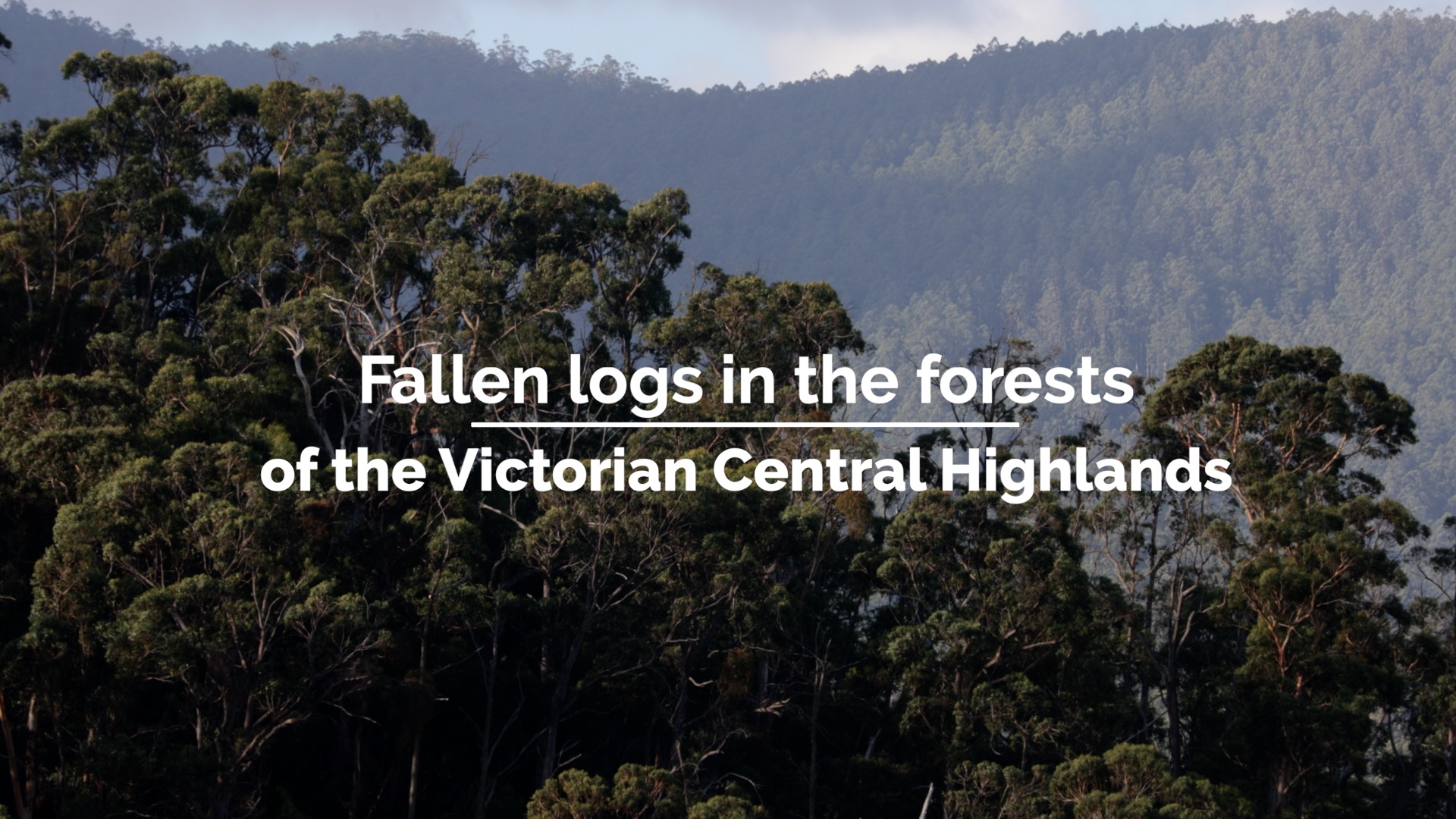
Fallen logs in the forests of the Victorian Central Highlands
Fallen trees on the floor of forests store large amounts of water, create habitat for a wide range of animals and are vital for nutrient cycling and carbon storage. Professor…

Managing the genetics for a new population of a threatened plant
Genetic diversity is important to the survival of any population, and is an important consideration in new populations of threatened species. Threatened plant scientist Leonie Monks talks about what is…
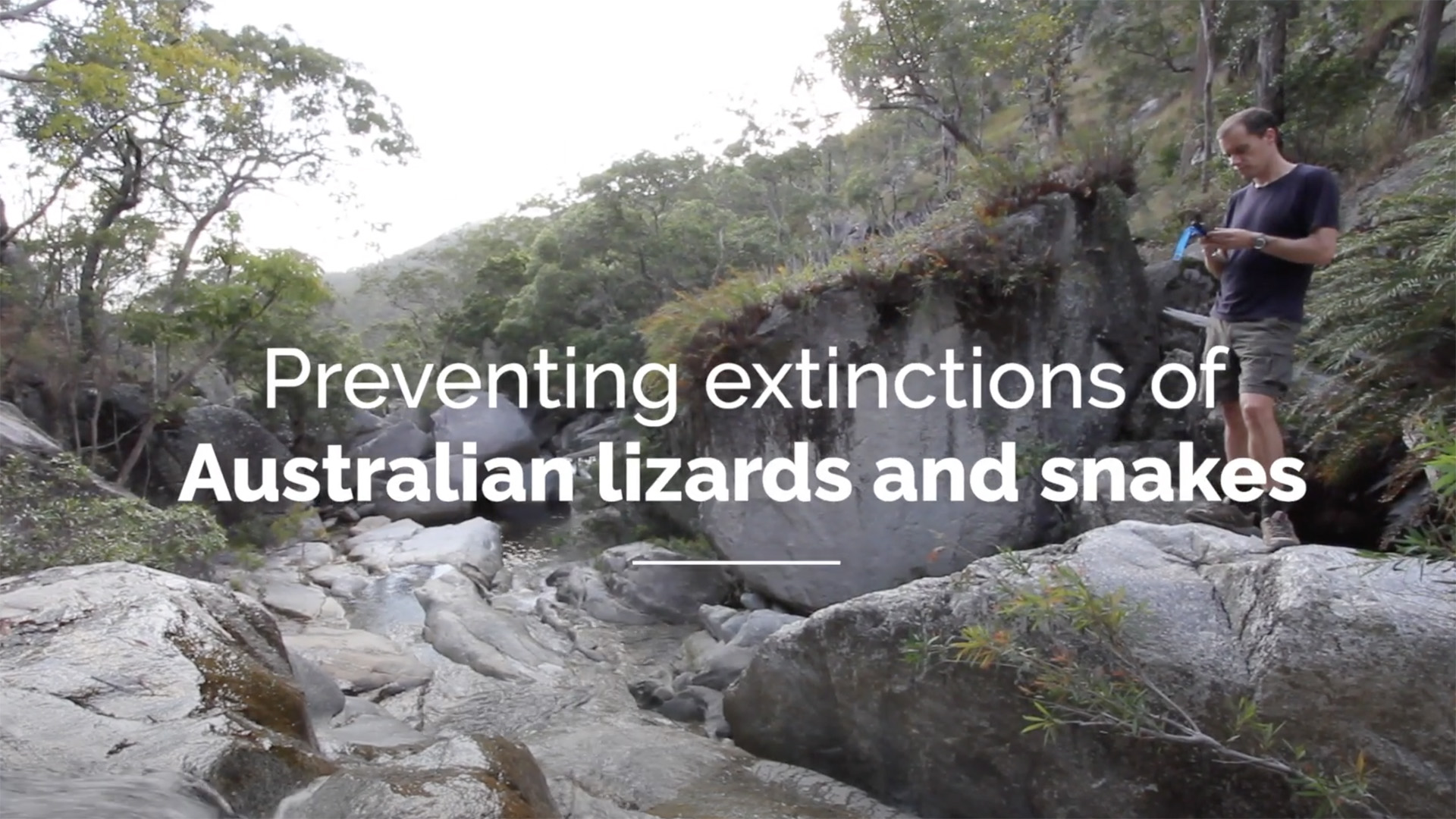
Preventing extinctions of Australian lizards and snakes
Australia is a land of reptiles, but many of our unique species are at risk. Eleven species of snakes and lizards are likely to become extinct by 2040 unless there…
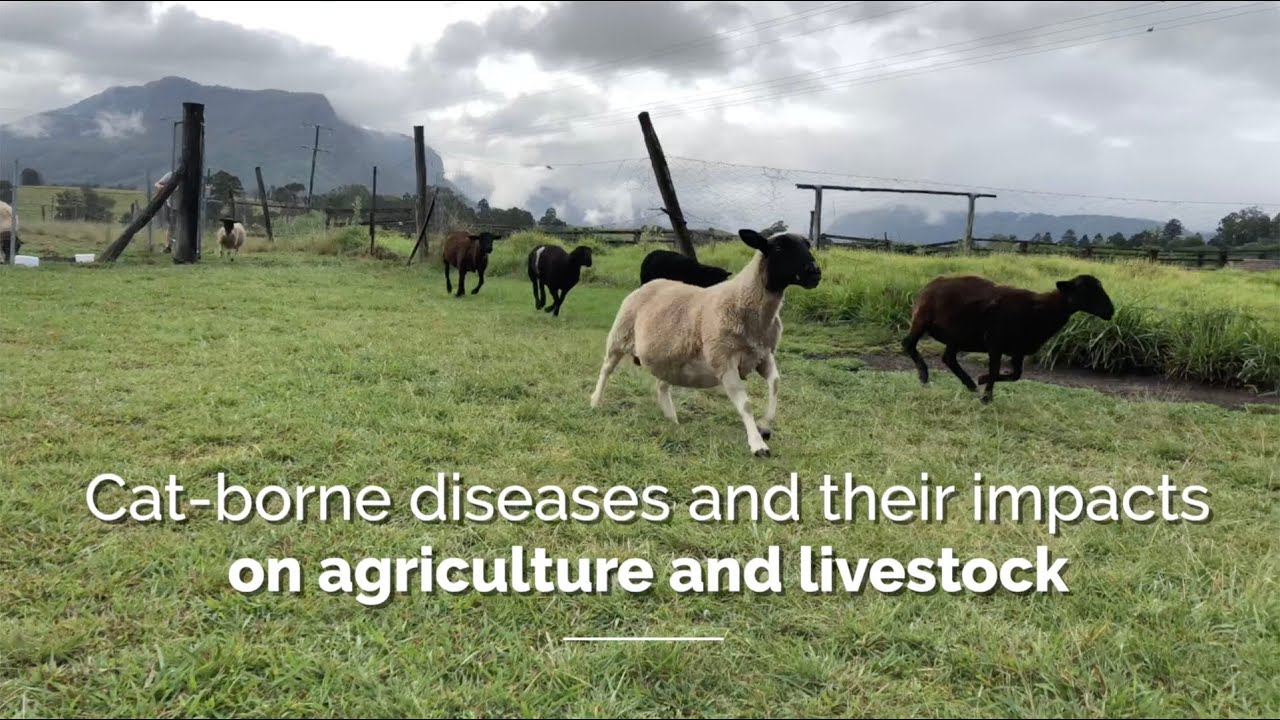
Cat-borne diseases and their impacts on agriculture and livestock in Australia
A national study has found that diseases carried by cats are having a $12 million impact on Australian agriculture each year with the sheep industry the worst impacted. The study…

The Threatened Plant Index of Australia: 2020 results
Australia’s Threatened Species Index combines data from hundreds of monitoring programs across the country to track trends in threatened species populations. The recent addition of plants to the index in…
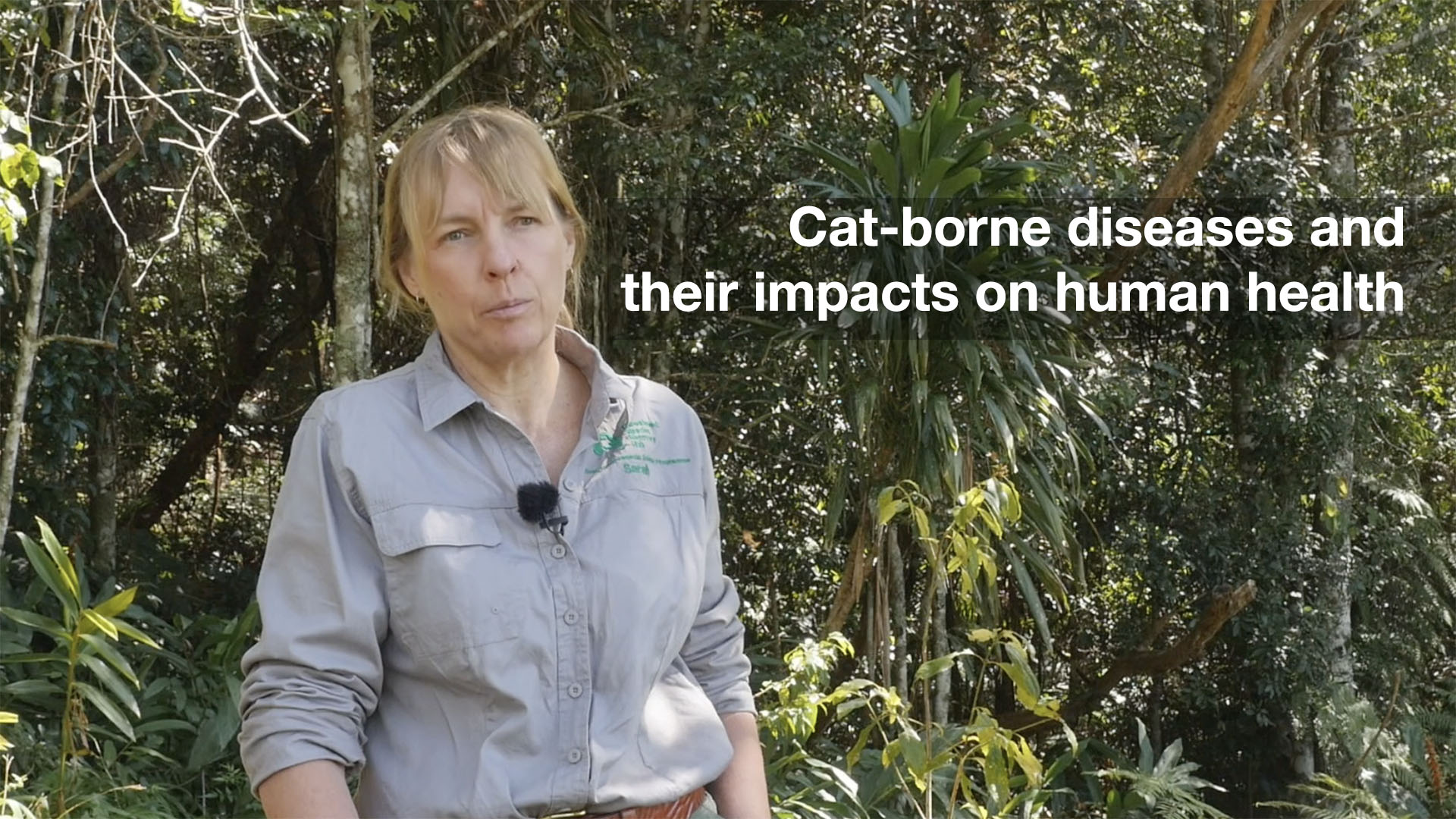
Cat-borne diseases and their impacts on human health
A new study has quantified the human health impacts and costs of cat-dependent diseases in Australia for the first time. Lead author Professor Sarah Legge from the Australian National University…
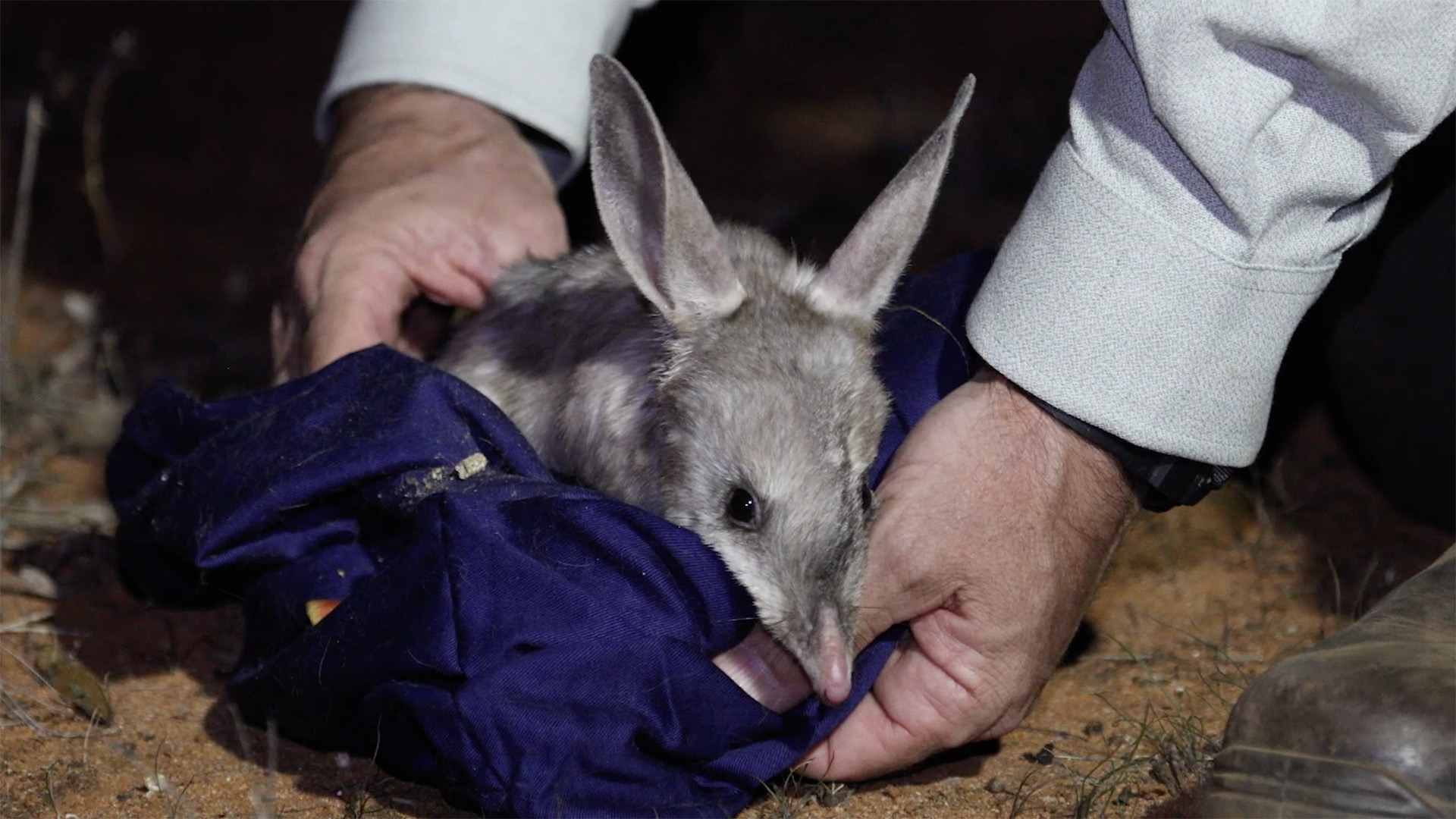
Combating a conservation catastrophe: Understanding and managing cat impacts on wildlife
Australia is in the midst of a wildlife extinction crisis, which we won’t avert unless we get better at managing cats. Saving Australian wildlife from this invasive introduced predator was…

Bio-acoustic monitoring in bushfire recovery, helping the Kangaroo Island glossy black cockatoo
The Kangaroo Island Glossy Black Cockatoo lost about 54% of its feeding habitat and around 38% of its breeding sites and nests during the catastrophic bush fires on Kangaroo Island…
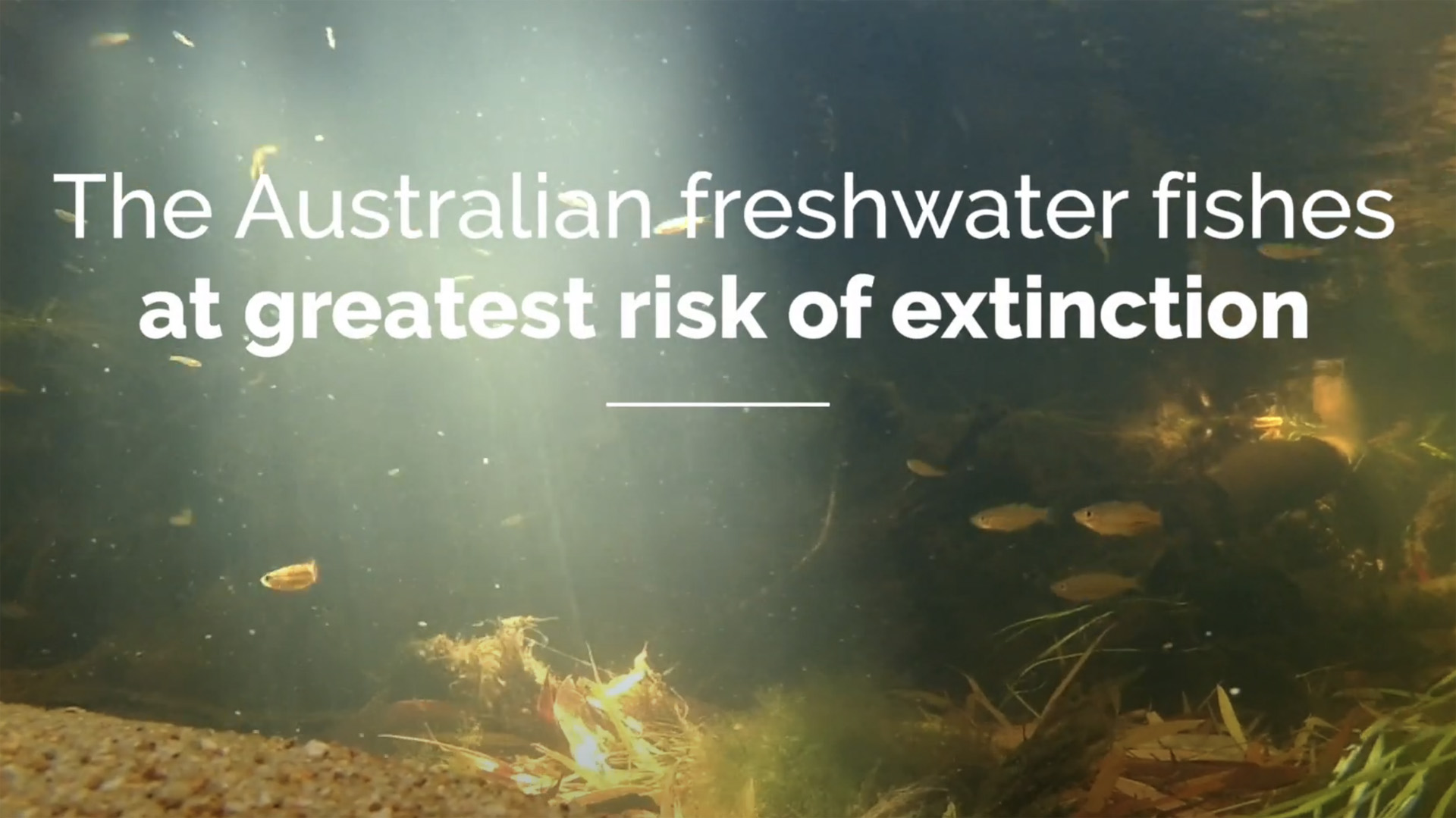
The Australian freshwater fishes at greatest risk of extinction
Many Australian freshwater fish species have declined sharply in recent decades, and as many as 90 of our ~315 freshwater fishes may now meet criteria as threatened. With so many…

Cats, fire, buffaloes, dingoes and mammals in Northern Australia
Many small- and medium-sized mammals are in rapid decline in northern Australia with many now restricted to offshore islands.…

Guidelines for the Translocation of Threatened Plants in Australia
Moving plants from one place to another, translocation, is one of the ways of preventing extinctions. A great deal of knowledge is required to translocate plants successfully.…

How do digging mammals help ecosystems?
Digging mammals are often labelled ecosystem engineers, species who modify the environment and resources for other species.…

Saving Tasmania's difficult birds
Tasmania’s orange-bellied parrots, swift parrots and forty-spotted pardalotes are perched on the edge of extinction. Traditional conservation strategies have failed to reverse this trend. Monitoring by the Difficult Bird Research…

Billy and the Northern Quolls
Across northern Australia quolls have been severely impacted by cane toads and feral cats. The Pilbara is an important region for Northern Quolls, as it is still cane toad free.…

Tree Ferns in the Victorian Central Highlands
Tree ferns play an important role in Australia's mountain ash forests. Professor David Lindenmayer from the Australian National University gives us a brief run down on what makes them so…

Water Yields in the Victorian Central Highlands
Melbourne is headed toward future water shortages. So what is the water in Melbourne's forests worth? And how can we maximise this precious resource?…

Reserve Design in the Victorian Central Highlands
What makes a viable reserve system to protect an ecosystem and its species? Professor David Lindenmayer of the Australian National University discusses how big a reserve should be when it…

Ecosystem Collapse in the Victorian Central Highlands
Almost all of the loggable ash forest in the Victorian Central Highlands has already been cut or burnt or both. Professor David Lindenmayer of the Australian National University discusses how…

Pilot release of eastern quolls to the wild on the mainland
A pilot release of 20 eastern quolls occurred at Booderee National Park in March 2018. The objective is to learn if conditions are suitable for the release of more quolls,…

Bio-acoustic monitoring: glossy and red-tailed black cockatoos
Glossy and red-tailed black-cockatoos in southern Australia are endangered. One of the key problems is lack of success breeding. Daniella Teixeira from the University of Queensland is developing a new…

A breakthrough to help fish pass culverts
A research team from the Threatened Species Recovery Hub has made a breakthrough that could help dwindling numbers of Australian freshwater fish species. Dr Jabin Watson from the University of…

What do we know about quolls in the Pilbara?
The life of quolls in Western Australia's Pilbara has been the focus of new research by Dr Lorna Hernandez Santin. She used live trapping, motion camera surveys and diet analysis…

Australia's Threatened Bird Index
How are Australia's threatened birds faring? Until recently that was a questions we couldn't answer. While there was monitoring data on individual species, there was no way of bringing all…

The quenda in Craigie Bushland
In 2010 the City of Joondalup put up a predator proof fence around Craigie Bushland near Perth. In 2013 they introduced 43 quenda, a threatened native digging mammal. University of…

Monitoring logging impacts in the Victorian Central Highlands
A long-term monitoring network was established in the Victorian Central Highlands in 1988. It has enabled scientists to tell what the long-term effects of logging are on tree-dependent species such…

One of WA's big diggers, the quenda
Dr Leonie Valentine from the University of Western Australia takes a look at the quenda - one of WA's important digging mammals.…

Long-term environmental monitoring in the Victorian Central Highlands
Each year, researchers monitor birds, possums, gliders and the changing dynamics of the forest at almost 180 one-hectare monitoring plots in the Victorian Central Highlands. Professor David Lindenmayer from the…

Birds, fire and logging in the Victorian Central Highlands
Forest birds can tell us a lot about the health of a forest. Professor David Lindenmayer of The Australian National University talks about what 35 years of monitoring in the…

Helping to save the white-bellied frog
Western Australia’s most endangered frog species is the tiny white-bellied frog, found only in a handful of patches of stream habitat. Despite huge efforts from conservation managers, over the last…

Talking night parrots on Paruku Country
The population of night parrots found by the Paruku Rangers in the Great Sandy Desert are only the third known population in Australia, but other Indigenous land managers in the…

Seed bank saving species in Western Australia
Threatened plant scientist Leonie Monks is on the front line of saving species in Western Australia. Get a glimpse at what happens behind the scenes at the Western Australian Seed…

Finding the Kangaroo Island dunnart
It is hard to conserve a species like the tiny and elusive Kangaroo Island Dunnart if you don’t know where it is. Without accurate and reliable detection methods it is…

Testing a new place for Western Swamp Tortoises in a changing climate
Perth’s western swamp tortoises was probably always a rare species, but habitat loss and climate change are presenting new challenges.…

Citizen science for threatened species conservation
Citizen science is surging in Australia, and represents a huge opportunity to engage the public to support threatened species conservation. Dr Rochelle Steven from the University of Queensland is working…

Looking for night parrots
Information for anyone interested in getting out looking for the Night Parrot. Includes photos of the bird and habitat where the bird is found, and examples of calls.…

Large old trees in the Victorian Central Highlands
Prof David Lindenmayer from The Australian National University talks about the essential role that large old trees play in the forests of the Victorian Central Highlands, and also why we…

How does fire affect Karajarri Country?
How does fire affect desert country? This is a key question that Karajarri Rangers and Traditional Owners want to understand to help them best manage fire and biodiversity on their…

Protecting Tiwi mammals
The Tiwi Islands are home to threatened mammals like the brush-tailed rabbit-rat. The Tiwi Land Rangers are working with scientists from Charles Darwin University on research to monitor mammals while…

Kangaroo Island Post-fire Wildlife Recovery Workshop
About half of Kangaroo Island was burnt in the January 2020 bushfires. A milestone three-day wildlife recovery workshop was held in late February to inform the island’s wildlife recovery planning,…

How does the far eastern curlew use Darwin Harbour?
Darwin is a very important place for the far eastern curlew, which is Australia’s largest migratory shorebird as well as one of its most endangered.…

The impact of roaming pet cats on Australian wildlife
Cats make good pets, but Australians also care about our native wildlife and enjoy seeing it around the places we live and work. New research has combined the insights from…

Manual for genetic management of wildlife populations
Genetic strategies are becoming increasingly important in threatened species conservation programs. Conservation geneticist Dr Andrew Weeks from the University of Melbourne is developing guidelines to help conservation managers with this…

Australia’s Threatened Mammal Index
Are conservation investments paying off for Australia’s threatened mammals? Australia’s new Threatened Mammal Index combines data from almost 1200 sites across the country to answer this question and to tell…

Saving an Endangered wattle: Translocating Acacia cochlocarpa
Known only from a single road-side location in Western Australia and with only 30 individual plants left, the spiral-fruited wattle was facing extinction.…

Kakadu collaboration for the yellow chat
The Alligator Rivers yellow chat is an Endangered bird living on the floodplains of several major rivers in and around Kakadu National Park.…

Genetic rescue for the conservation of the Eastern barred bandicoot
Eastern barred bandicoots were heading for extinction on the mainland. In the early 2000s, 40 wild individuals were caught from the last wild population at Hamilton, Victoria and brought into…

Species of the Desert Festival 2019
In June 2019 the Species of the Desert Festival brought together over 250 Indigenous Rangers to share knowledge about important desert species, like night parrots and bilbies, and some of…